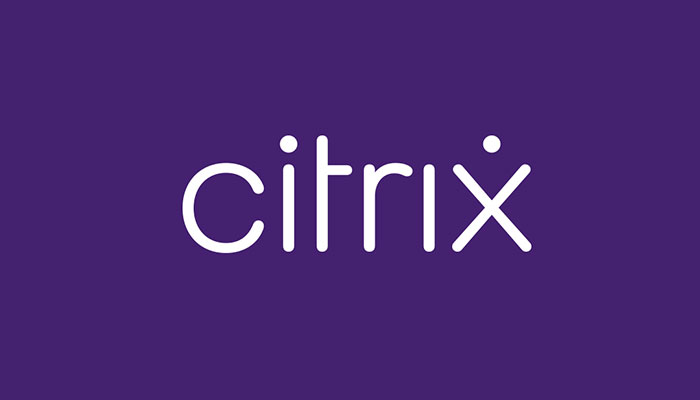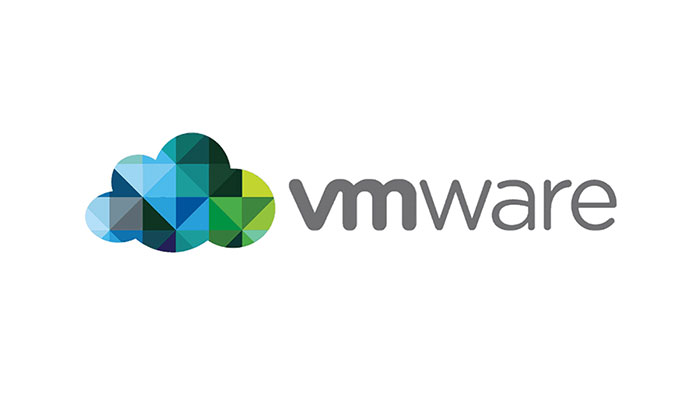VDI Solutions: VMware vs Citrix
Solutions (Virtual Desktop Infrastructure) VDI has become one of the most popular solutions in organizations for clients to use the benefits of virtualization. The various features and facilities that the virtual desktop gives to the user have made VDI a viable option in many organizations. Instead of using normal computer devices as users’ computers, it is enough for users to use Thin Client or Client Zero and have all the capabilities they need through the VDI platform.
Benefits of using VDI:
Among the advantages of using VDI, the following can be mentioned:
Saving costs
Every day, with the increase in the requirements of operating systems and software, you will need more powerful PCs. Statistics show that organizations usually replace their network users’ PCs every four to five years.
In case of using VDI, because the processing is done on the side of the central processor, it is not necessary to upgrade users’ PCs even once a year. On the other hand, due to processing on the central server, the depreciation of Thin Client or Zero Client devices will be much lower than normal PCs.
Energy savings
Thin Client and Zero Client devices generate much less electricity and heat than PCs.
Reduced maintenance and repair costs
When you use a Thin Client or Zero Client, the cost of repairs and troubleshooting for users will be much lower than with a PC.
Central management
The licensed VDI infrastructure provides you with facilities that you can optimally inject your policies using the benefits of central management. Especially when the number of users is large and they have a large physical extent, things like Central Deployment will be a challenge for you. By using VDI peripherals, you will have much more powerful central management.
Other features of using a licensed VDI like VMware or Citrix:
- Better control of users’ computer devices
- Ability to schedule backups without user intervention, even from VMs
- The possibility of providing a higher security level using central policies
- manufacturers such as RSA SecureID, VASCO DIGIPASS, SMS Passcode, and SafeNet
- The possibility of implementing desktop by accounts defined in Active Directory and also implementing read access policy on these desktops if used as provision view
- Flexible support of RADIUS to choose two-factor authentication, as well as support for by using the advanced capabilities of the VDI platform, several additional services can be provided to users. Among them, we can mention the optimal backup mechanisms of the user’s device, the use of clustering capabilities for some important users, the use of the very high flexibility of the VDI platform.
Comparison between VMware and Citrix virtualization technologies
The question that many IT experts may face is which one to choose between VMWare and Citrix if we want to virtualize the desktop clients of network users for an organization. What are the advantages and limitations of desktop virtualization with Citrix and VMware products? How to make the right choice between Citrix Desktop Virtualization and VMWare. There is information on the internet about the advantages and limitations of the older versions of these 2 software, but as you can hear, the new versions are very different.
By comparing and obtaining information regarding the capabilities of Citrix and VMware desktop virtualization solutions of older versions of these software, it is quite clear that Citrix license is better than VM Horizon in desktop virtualization in these versions. But vmware introduced the vmware horizon version 8 program and claimed that it is better than Citrix and its speed has also increased than Citrix. Now the question that arises is that according to the latest version of Citrix and VMware products as well as the previous and old versions of these two prominent companies in the field of user desktop virtualization, which desktop virtualization works better, virtualization Citrix or VM Horizon desktop?
As we know, desktop virtualization is usually better and easier with Virtual PC or Virtual Server and VMware WorkStation/Server software. At higher levels, it is also done by VMware ESX, MS Hyper-Virtual and Citrix Xen. An important point in the implementation of systems is to preferably implement the main structure and system with other systems in an organization with a platform. Because the subsequent problems faced by the network admin or the virtual infrastructure leader of the organizations are less and the support of the virtualization systems is done more easily.
VMWare and Citrix are different in terms of overall structure, but VMWare License facilities require more expertise to implement. But compared to VM Horizon, Citrix facilities will be similar and will lead to simpler and more trouble-free implementation. Usually, for small organizations that want to provide virtualized remote desktop services to between 100 to 200 and even 300 users, Citrix Xendesktop is a more appropriate choice, and for large companies, Horizon can be a better option.
Citrix XenApp vs VMware
The licensed VMware currently offers virtual apps. VMware’s solutions are unproven and incomplete, that’s why the needs of users are not fully met. Citrix provides software and user experience virtualization solutions. In Citrix, key management and security capabilities are the distinguishing features of its products. In addition, VM Horizon lacks customer orientation, product innovation, and time-testing skills, which is why Citrix is the industry leader in software and desktop virtualization to the extent that Citrix XenApp is one of the most complete application virtualization platforms.
- Citrix XenApp provides virtualized applications to remote users in any environment.
- Citrix XenApp offers scalability while VM Horizon offers a choice between cost and functionality.
- Citrix XenApp makes it very easy to support the IT unit, while VMWare is not as mature as Citrix.
- Citrix XenApp does not change the structure of existing software and increases the security level of applications, while VMWare View is a little more insecure in this regard.



